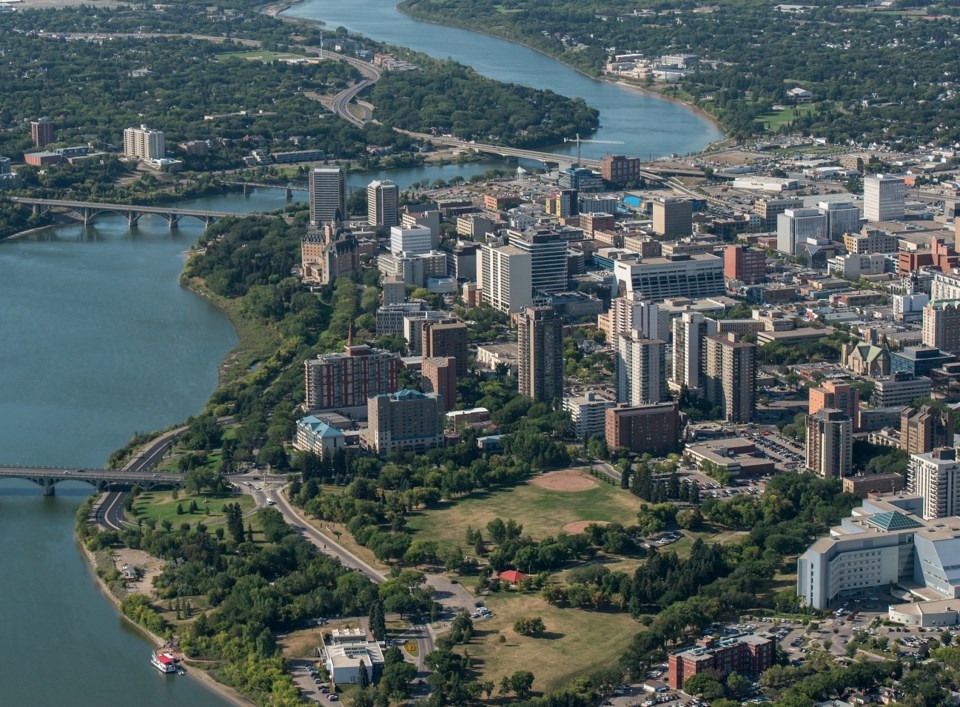This is the first of a three-part close-up on the trio of big cities in Saskatchewan and Manitoba.
Prairie urban markets tend to offer notably higher returns to income-oriented investors versus southern Ontario or B.C.’s Lower Mainland, where capital appreciation is the name of the game, investment agents say,
According to Curtis Leonhardt, first vice-president, investments, with brokerage Marcus & Millichap in Vancouver, Saskatchewan offers lower nominal pricing that gives investors a point of entry across a range of asset types.
Leonhardt points to two transactions single-tenant retail deals a B.C. investor completed in 2021, one in Abbotsford and the other in Saskatoon. Both were quick-service restaurants with drive-thru facilities secured with corporate covenants. The opportunity in Abbotsford yielded a return of 3.4 per cent, whereas the Saskatoon investment yielded a return of 5 per cent, more than 150 basis points higher.
Servicing land
Also different than in B.C. – where greenfield land is scarce and often quickly made shovel-ready – servicing is an issue for the huge amount of industrial land in Saskatoon.
“There’s plenty of land available that’s already annexed, purchased by developers. It’s just that it needs to be serviced,” said Jeff Stewart, managing director of Re/Max Saskatoon North. “[But] they’re hesitant to just start servicing hundreds of lots that they may not sell, so they’re waiting for the market.”
A cautious approach is deeply ingrained in the Prairie markets, which have typically avoided the resource-driven boom-bust cycle seen in Alberta. While resources are driving an historic boom in Saskatchewan, the caution persists.
“There’s more demand than we have product,” Stewart said.
The caution means a slow approach to servicing, so despite the 311-acre BizHub Industrial Park development by Concorde Properties and the city-owned 167-acre Marquis Industrial Park being great hopes, they’ll take time to realize.
“Servicing lots isn’t something that’s done overnight,” Stewart said. “You’ve got backlogs with the companies that are doing the servicing.”
This is where Richard Jankowski of Colliers said bedroom communities like Warman and Martensville – which have close to half of the development-ready industrial land in the Saskatoon market – could benefit. The average price is also cheaper, at $250,000 an acre.
“There’s a potential of driving business out to Warman and Martensville,” he said.
In suburban Metro Vancouver, industrial land trades in excess of $2 million per acre.
The shortage of industrial space in Saskatoon central has Colliers warning tenants that signed five-year leases in 2018 to anticipate “a considerable increase in rent” at renewal. Moreover, “elevated construction costs for speculative builds are driving their asking rates up to nearly $20 per square foot. This well above the $11.58 rate for existing space – which is virtually non-existent, given the 2 per cent vacancy rate.
On the office side, increases in local property tax and utility rates will put upwards pressure on face rents, which have stagnated in recent years in the face of slack tenant demand. This is supporting optimism in some corners of the office market.
According to Stewart, sentiment is split between those banking on the recovery of the office sector and those eyeing opportunities for the conversion of properties to residential and other uses.



